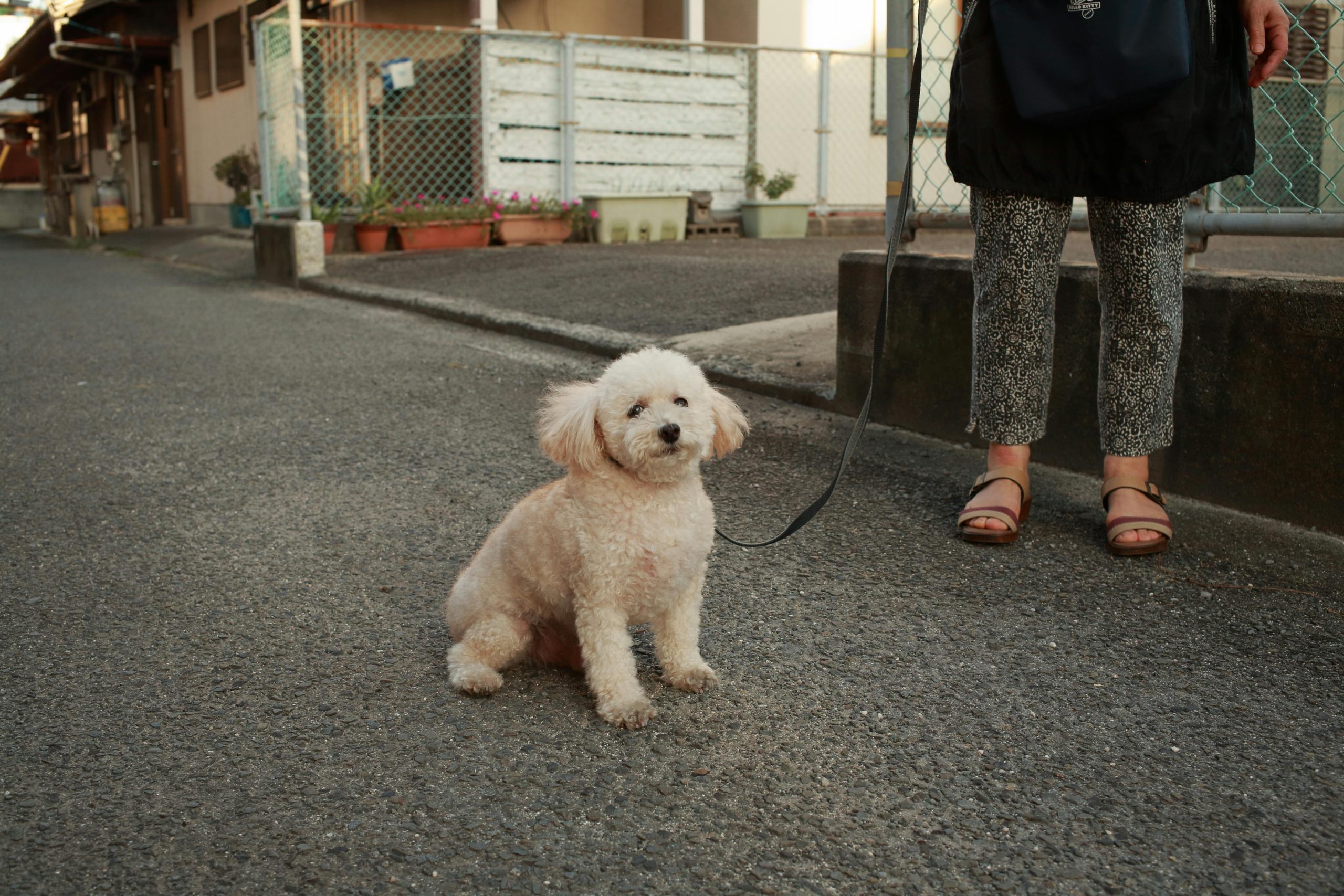Understanding GPU Sag: Is a Little Normal?
When it comes to assembling a computer, especially for gaming or graphics-intensive tasks, many enthusiasts worry about GPU sag. This phenomenon occurs when the graphics card, due to its weight, tilts or droops downward in its seat on the motherboard.
So, is a slight case of GPU sag something to be concerned about? The answer is nuanced. A little sag is generally not a significant issue, especially if it doesn’t affect the performance of the card or the airflow within your case. Most modern graphics cards are designed to handle minor bending without any detrimental effects on their operation.
However, excessive sag can lead to complications over time, such as stressing the PCIe slot or the card itself. This could potentially affect the card’s longevity or cause connection issues. If you notice that your graphics card is sagging more than a minor amount, it might be worth looking into a support solution.
Fortunately, there are several proactive measures you can take to prevent GPU sag from becoming a problem:
-
GPU Support Brackets: Consider investing in dedicated brackets that support the weight of your graphics card. These are available in various styles, ensuring you can choose one that fits your case’s aesthetic.
-
Vertical GPU Mounting: If you’re keen on showcasing your GPU, vertical mounting can keep it upright without sagging. However, ensure that your case supports this configuration and provides adequate cooling.
-
Regular Maintenance: Occasionally check the positioning of your GPU to ensure it remains securely fastened and that there are no disruptions in airflow.
In conclusion, while a slight GPU sag is often harmless, keeping an eye on its severity and taking preventive measures can ensure the longevity and optimal performance of your graphics card.
Share this content:




Dear User,
Thank you for reaching out with your question about GPU sag. Based on the information provided, a slight amount of GPU sag is generally considered normal and not a cause for concern, especially if it doesn’t impact performance or airflow. Modern graphics cards are designed to handle minor bends without adverse effects.
However, if you notice significant sagging or if it increases over time, it might be prudent to consider supportive solutions to prevent potential stress on the PCIe slot or the card itself. Some options include:
Ultimately, as long as the sag isn’t causing any physical stress or connectivity issues, it should be fine. But if you’re ever in doubt, consulting your GPU and motherboard manufacturer’s guidelines or seeking advice from a professional technician can ensure your system remains healthy and performant.
Hope this helps you maintain your build’s longevity and stability!